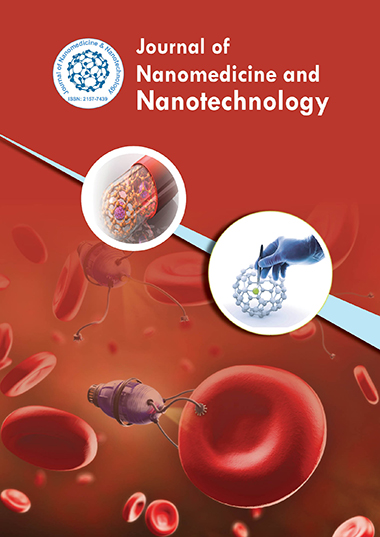索引于
- 打开 J 门
- Genamics 期刊搜索
- 学术钥匙
- 期刊目录
- 研究圣经
- 中国知网(CNKI)
- 西马戈
- 乌尔里希的期刊目录
- 电子期刊图书馆
- 参考搜索
- 哈姆达大学
- 亚利桑那州EBSCO
- OCLC-WorldCat
- SWB 在线目录
- 虚拟生物学图书馆 (vifabio)
- 普布隆斯
- 米亚尔
- 科学索引服务 (SIS)
- 欧洲酒吧
- 谷歌学术
分享此页面
期刊传单

抽象的
Evidence against the Swinging Lever Arm Mechanism in Muscle Contraction Based on the Effect of Antibodies to Myosin Head
Haruo Sugi and Chaen S
During muscle contraction, myosin heads extending from myosin filaments first attach to actin filaments, perform power stroke producing force and motion in muscle, and then detach from actin filaments. A myosin head (or myosin subfragment-1, S-1) consists of catalytic and lever arm domains (CAD and LD), which are connected via converter domain (COD). It is widely believed that the myosin head power stroke is caused by swinging lever arm mechanism, which assumes active rotation of the LD around the COD, caused by structural changes in and around the COD. The lever arm mechanism is, however, constructed from nucleotide-dependent structural changes of crystals of truncated myosin head, consisting only of the CAD and the COD, and therefore overlooks possible role of the LD and myosin subfragment-2 (S-2), connecting myosin heads to myosin filament backbone. In this article, we present evidence against the lever arm hypothesis based on the following results: (1) antibody to reactive lysine residue (Lys83) located in the COD (anti-RLR antibody) has no effect on Ca2+-activated muscle fiber contraction; (2) using the gas environmental chamber attached to electron microscope, we record ATP-induced power stroke of myosin heads, position-marked with anti-RLR antibody; (3) antibodies to myosin head LD (anti-LD antibody) and to myosin S-2 (anti-S-2 antibody) inhibit Ca2+-activated contraction without changing MgATPase activity. The absence of inhibitory effect of anti-RLR antibody, attaching to RLR in the COD, makes the lever arm mechanism unlikely, since attachment of bulky antibody (IgG) to RLR in the COD is expected to inhibit structural changes in and around the COD. Meanwhile, inhibitory effect of anti-LD and anti-S-2 antibodies indicate essential role of the LD and the S-2 in muscle contraction.